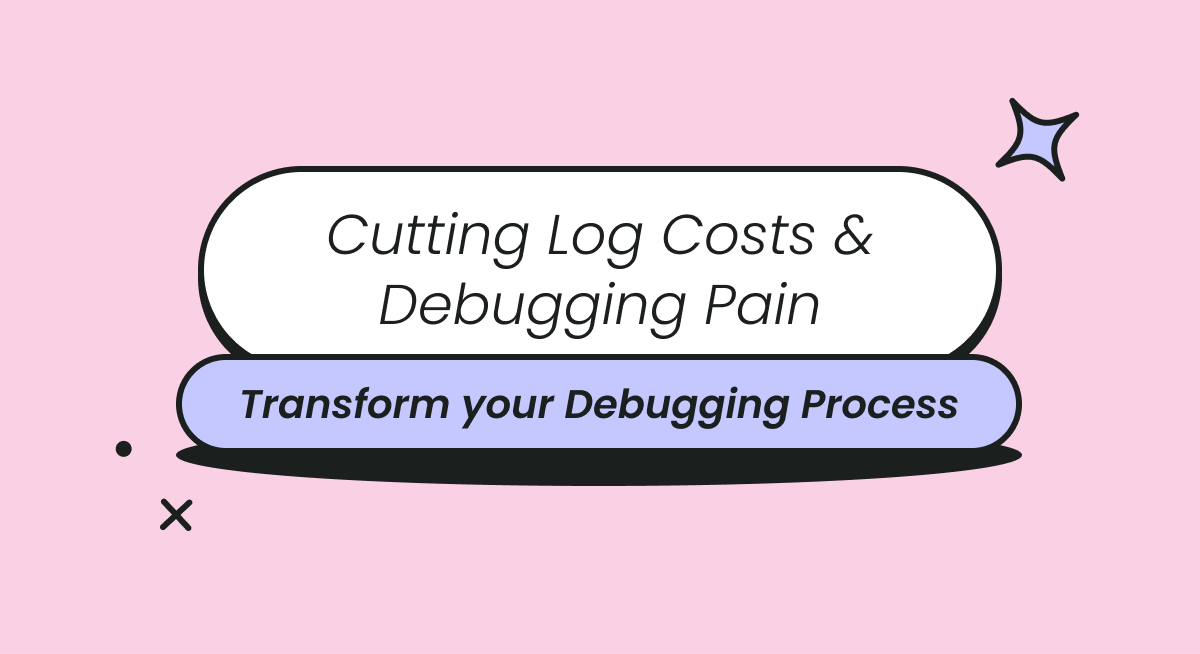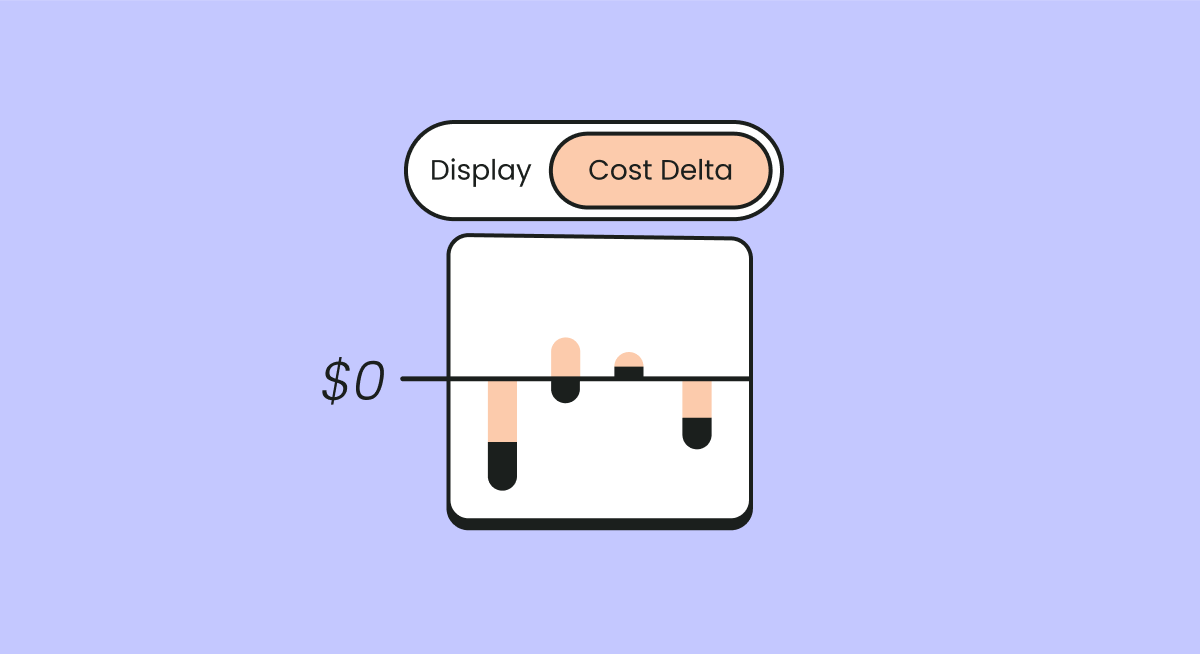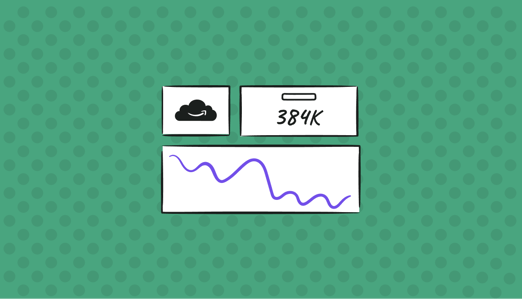
The AWS Cost and Usage Report (CUR) is a critical tool for organizations and businesses looking to optimize their cloud costs. This article will describe how to extract the data from your AWS CUR and detail how your CUR can be used to control cloud spending in AWS.
Furthermore, organizations can leverage Amazon’s Athena, a serverless query service, to analyze data from AWS CUR. The benefit to using Amazon Athena is that organizations won’t need to create their own data warehouse solutions. It is recommended for users to create new Amazon S3 buckets and new CUR reports to use with Athena. AWS CUR supports the Apache Parquet compression format only for Athena. It normally overwrites previous reports that were stored in S3 buckets.
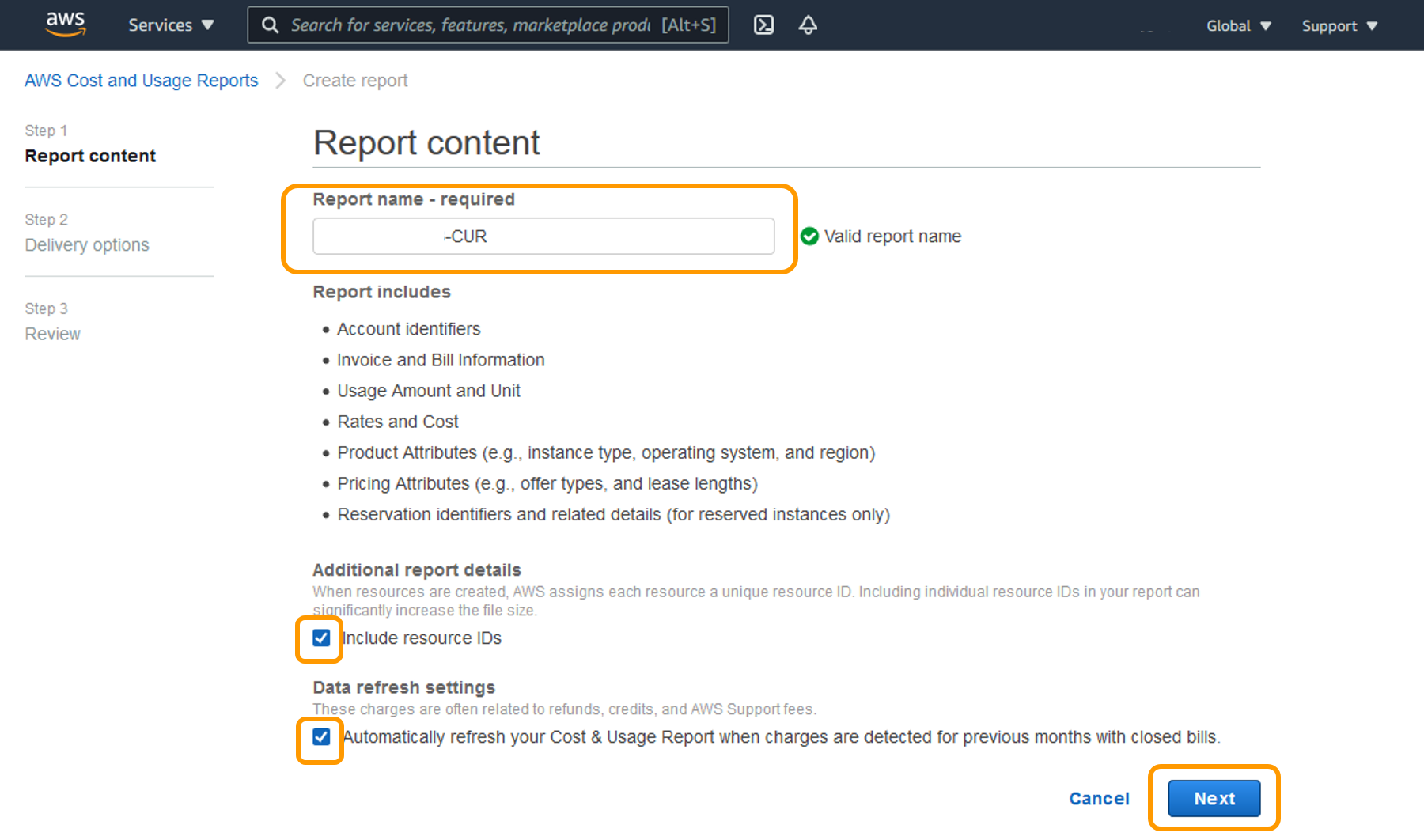 How to extract AWS CUR data
How to extract AWS CUR data
Here is the detailed step-by-step process of how to generate and save a CUR from AWS.
- Go to the billing section and click on the "Cost & Usage Reports".
- Click the "Create Report" button and enter a name for the report. Always remember to include resource ids and leave data refresh settings.
- Next, choose "Configure" to select an S3 bucket to save your cost and usage report.
- Create a dedicated bucket for this report. Name the bucket appropriately depending on the region where you want that S3 bucket to exist.
- Review and confirm the policy. Don't forget to click save and remember to choose the option to overwrite any existing report under the report versioning header and click next. It is mandatory to include a prefix in this last step as it's a required field.
- Finally, review all the details you have entered to make sure that they're correct. To download the report, go to the S3 section and navigate to the S3 bucket you created in the above steps. Now you are ready to query or download the CUR report that has been generated by AWS.
AWS CUR report takes up to 24 hours to generate; therefore, you might not see it straight away. Organizations can use the downloaded AWS Cost and Usage Report to optimize their costs in three ways.
- To understand savings plans: Organizations can use AWS CUR to track their Savings Plan’s utilization, charges, and allocations. With Savings Plans, users can get a flexible pricing model. They can get low prices on Amazon EC2, AWS Lambda, AWS Fargate, and Amazon SageMaker so long as they commit to a consistent amount of usage for a 1-year or 3-year term.
- To understand reservations: Users can easily track their reserved instances utilization, charges, and allocations.
- To understand data transfer charges: Users can easily identify AWS data transfer charges using the lineItem column on AWS CUR.
AWS Cost and Usage Report is a simple way for organizations to identify areas where they can optimize their costs. Once an organization downloads CUR, they can ensure that they are utilizing their Savings Plans, reserved instances, and data transfer charges well. By paying attention to these three areas, businesses are guaranteed lower cloud costs. It is important to note that for all organizations using AWS, both member accounts and management accounts can create AWS Cost and Usage Reports (however, there are restrictions around users’ access to member reports, see the next article in our series to learn more).
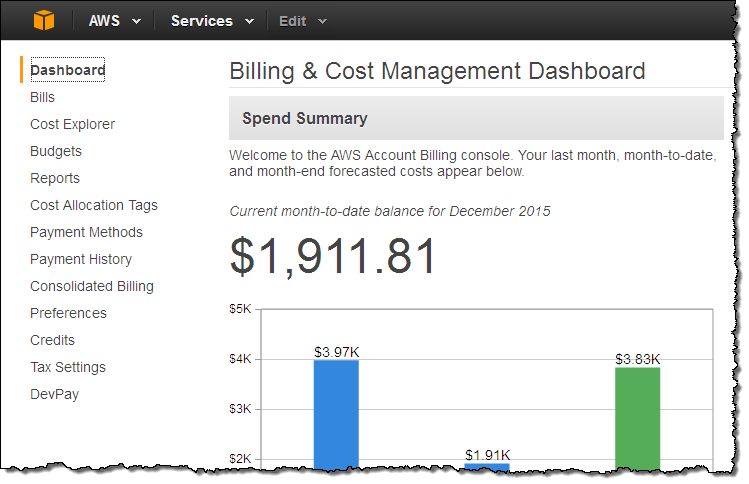 Are you interested in controlling costs in the cloud? Finout is not an independent observer of cost control tools; in fact, we are passionate advocates of fine-grained cloud cost control. To learn more about revealing your Unit of Economics with AWS tagging, see our previous article, and contact Finout today to understand how you can optimize your AWS spend using Finout’s cloud cost observability platform
Are you interested in controlling costs in the cloud? Finout is not an independent observer of cost control tools; in fact, we are passionate advocates of fine-grained cloud cost control. To learn more about revealing your Unit of Economics with AWS tagging, see our previous article, and contact Finout today to understand how you can optimize your AWS spend using Finout’s cloud cost observability platform


